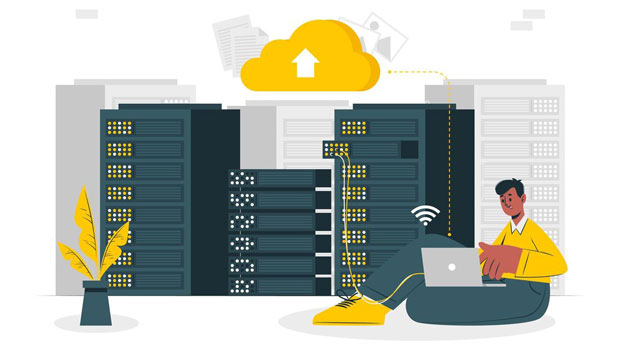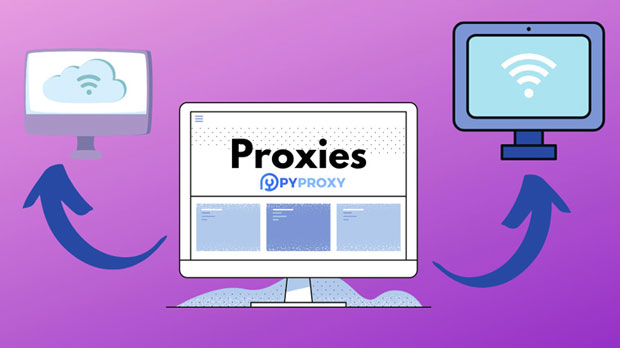IPv4 proxies are an essential tool for businesses and individuals seeking online anonymity, bypassing geographic restrictions, or managing multiple online accounts. As the demand for proxies continues to rise, particularly with increased focus on security, privacy, and digital marketing, understanding the typical pricing for IPv4 proxies becomes crucial. Generally, the price of IPv4 proxies varies based on factors such as the type (dedicated or shared), location, bandwidth, and the provider's reputation. However, businesses and individuals alike must assess their specific needs and budget when selecting a proxy provider, as prices can range significantly. Factors Affecting the Price of IPv4 ProxiesSeveral elements influence the cost of IPv4 proxies, which makes the pricing vary widely across different providers. Let's explore these factors in more detail:1. Type of ProxyThe type of IPv4 proxy you opt for plays a pivotal role in determining its price. There are mainly two types:- Dedicated Proxies: These are exclusive proxies assigned to one user, offering a high level of performance, reliability, and security. As a result, dedicated IPv4 proxies tend to cost more than shared proxies. - Shared Proxies: Shared proxies are used by multiple users simultaneously, which leads to lower prices but also a higher risk of slower speeds and occasional downtime. These are ideal for tasks that do not require high-level privacy or speed.In general, dedicated proxies are the more expensive option, with prices typically ranging from $1 to $5 per proxy per month, depending on the provider and the proxy’s quality. Shared proxies, on the other hand, can be as low as $0.50 to $2 per proxy per month.2. Location of the ProxyThe geographical location of the proxy server significantly influences its price. Proxies located in high-demand regions, such as the United States, Western Europe, or developed countries in Asia, often come with a higher price tag due to the demand for online anonymity and the quality of infrastructure. Meanwhile, proxies from less popular locations tend to be more affordable.For instance, a U.S.-based IPv4 proxy might cost between $2 to $10 per proxy per month, whereas proxies located in regions like Eastern Europe or Southeast Asia may be priced between $1 to $3 per proxy per month. 3. Bandwidth and SpeedThe bandwidth and speed offered by a proxy also directly impact its cost. Proxies with higher bandwidth, ensuring faster connections and the ability to handle heavy traffic, are typically more expensive. This is especially important for tasks such as web scraping, running automated bots, or accessing large volumes of data.On average, high-speed proxies may cost between $2 to $8 per month, while standard proxies with lower speeds or bandwidth limits might be priced around $1 to $3 per month.4. Quality and Reputation of the ProviderThe reputation of the proxy provider also plays a critical role in determining pricing. Well-established providers known for their quality, reliability, and customer support typically charge higher rates. They also offer more advanced features like rotating IPs, secure encryption, and additional services like dedicated account managers.Lower-quality providers may offer cheaper proxies, but they might lack the stability, performance, and support that more reputable services provide. As such, businesses or individuals who prioritize consistent performance and privacy are often willing to pay more for a trusted provider.5. Quantity of Proxies PurchasedBuying proxies in bulk usually results in discounts. Most providers offer price reductions when purchasing a larger number of proxies. For example, if you need a large number of proxies, you might pay as little as $0.50 per proxy for shared proxies when buying in bulk, compared to $1.50 per proxy for a smaller quantity.On the other hand, dedicated proxies will likely retain a higher price even when bought in bulk, although discounts still apply, making it more cost-effective for businesses needing many proxies for operations like social media management, SEO campaigns, or data harvesting.Market Trends and the Cost of IPv4 Proxies1. The Impact of IPv4 ScarcityOne of the most significant trends impacting IPv4 proxy prices is the scarcity of IPv4 addresses. The internet’s transition to IPv6 has made IPv4 addresses a finite resource, causing a surge in demand for IPv4 proxies. This scarcity has led to price increases over the years, with some experts predicting further hikes in the future. As businesses and individuals scramble to secure these valuable addresses, the overall cost of IPv4 proxies may rise, especially for high-demand regions.2. Rise in Cybersecurity ConcernsAs cyber threats increase, the demand for secure proxies has also surged. IPv4 proxies that offer features like secure tunneling, encryption, and anonymity are becoming more sought after. These secure proxies often come with a premium price, as they ensure greater protection against hacking and data breaches. The need for privacy-conscious internet usage, especially in marketing and e-commerce sectors, further elevates the cost of high-quality proxies.3. Increased Use of IPv4 Proxies in AutomationWith the growing need for automation in business operations, such as SEO activities, social media management, and market research, the demand for IPv4 proxies has expanded. Automated bots that require proxies to mask their real IP addresses and avoid being detected are driving up the market. As automation becomes more prevalent, the price of proxies, particularly dedicated and high-speed ones, is expected to rise due to the increased demand.Practical Tips for Choosing the Right IPv4 Proxy1. Define Your Needs and BudgetWhen choosing an IPv4 proxy, it’s crucial to assess your requirements—whether you need proxies for personal use, business activities, or automation. Define your budget and decide whether a shared or dedicated proxy suits your needs. For instance, if you plan on running an SEO campaign or engaging in web scraping, dedicated high-speed proxies are your best option.2. Consider Long-Term CommitmentsIf you plan to use proxies for an extended period, many providers offer subscription plans that allow you to save on monthly costs. Consider entering into long-term contracts to benefit from bulk discounts or lower overall pricing.3. Evaluate Provider Support and ServicesChoose a provider that offers excellent customer support and guarantees service reliability. A good support team can save you time and frustration in case you face any technical issues with your proxies. Check for features such as 24/7 support, money-back guarantees, and the option to switch proxies if they become ineffective.ConclusionThe price of IPv4 proxies depends on several factors, including proxy type, location, bandwidth, and the provider's reputation. Businesses and individuals must carefully assess their specific needs to select the best proxy solution that fits their budget while ensuring reliable performance and security. As demand for IPv4 proxies continues to grow due to scarcity and increasing cybersecurity concerns, prices may continue to rise, especially for high-quality and high-demand proxies. Therefore, understanding market trends and thoroughly evaluating different providers is essential to make an informed decision.
Aug 12, 2025


































































